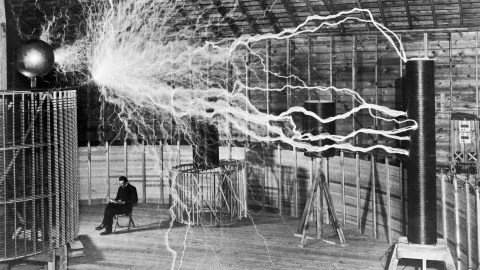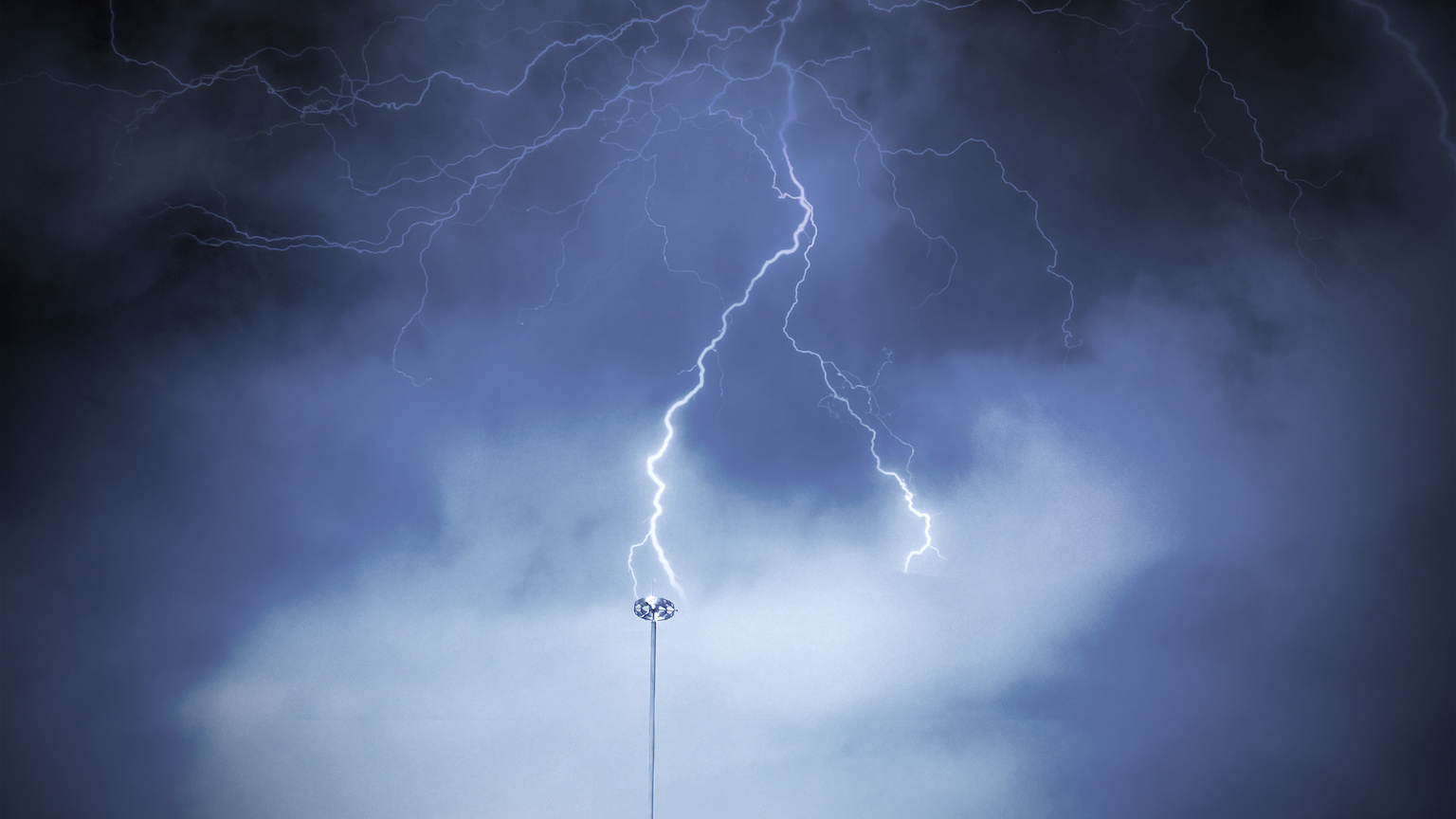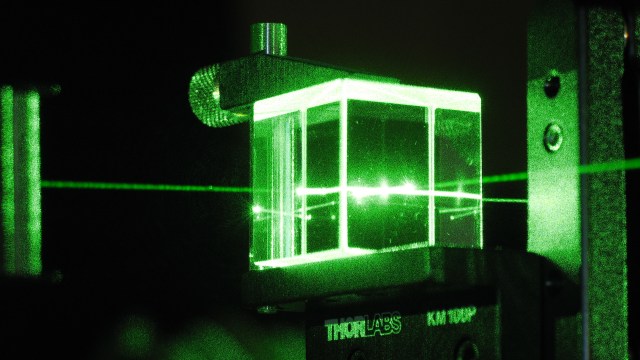How electricity stormed past steam and became the power of the future

- Tesla’s dreams of an electrical future powered by streams of wireless electricity came to nothing, in part because Tesla refused to learn the most important lesson of Victorian invention – that invention could never be a one-man show.
- Producing the electrically fueled world that was starting to emerge by the end of the Victorian era was a collective effort.
- The reality of power at the end of the Victorian era was still steam-driven. But nobody thought that the Victorians would get to the Moon by steam. Electricity was the future fuel of choice, and it was clear that it would be the only choice.
None of this happened by accident – and none of it happened as the result of acts of individual genius either. The business of electrification was a business, and a bloody and brutal one too. By the end of the 1880s, Edison and his companies were locked in a commercial battle with George Westinghouse for control of an increasingly lucrative market in electricity. Edison was committed to developing direct current systems, which could distribute electrical current efficiently at low voltages and over comparatively short distances. This was tried and tested technology. Edison had opened his first direct current power station on Pearl Street in New York in 1882. But European investors were backing alternating current systems, like Ferranti’s ambitious Deptford scheme, and Westinghouse was soon backing alternating current too in America. Edison went on the offensive, calling alternating current, which could operate at far higher voltages than direct current and be transmitted over far greater distances, the “current that kills.” He was soon advocating the use of Westinghouse’s system as a means of capital punishment – the process might be called “westinghousing” the victims, he joked. Despite Edison’s best efforts though, alternating current was in the ascendancy by the beginning of the 1890s. It offered economies of scale and long-range transmission that direct current could not match.
Westinghouse’s victory in the battle of the systems was complete when his company was awarded the contract to provide the ambitious scheme to generate electricity from the Niagara Falls. Back in 1876, when William Siemens had visited America and the falls he had wondered might “this colossal power actuate a colossal series of dynamos, whose conducting wires might transmit its activity to places miles away?” The physicist William Thomson also thought that Niagara might be an almighty source of electric power. By the beginning of the 1890s, plans were coming to fruition. The Cataract Construction Company contracted Westinghouse to provide them with ten massive dynamos, each capable of generating 5,000 horsepower. It was “a gigantic engineering enterprise that has no precedent in the civilised world.” George Forbes, the project’s consultant engineer boasted that at Niagara people could “see a whole new world created.” This really did look to many like the end of coal and steel. This was power that could “be sent much more than a hundred miles, and still be more economical than steam, even though coal is cheap there.” Niagara and its powerful generators were “the nearest obtainable approach to perpetual motion.”
One of the factors behind Westinghouse’s success was his purchase of Nikola Tesla’s patent for his revolutionary polyphase motor that operated by alternating current in 1888. This was the missing link in Westinghouse’s plans, since most existing motors worked by direct current and were cumbersome to use with alternating current systems. In 1888, Tesla was a relatively recent arrival in America, having landed in 1884 to work for Edison, but who soon abandoned his erstwhile employer to establish himself independently. Tesla was a dreamer of fantastical electrical dreams. His reputation made with the success of his polyphase motor, he set out to try and remake the electrical future in his own image. By the beginning of the 1890s, catapulted into the headlines by a series of spectacular lectures in America and Europe, Tesla was the electrical man of the moment. In reality, he had little to do with the grand plans at Niagara, but that did not stop newspapers from describing him as the visionary genius behind it all. He had his own display of his electrical inventions at the Chicago Columbian Exposition. Thomas Commerford Martin told the readers of Century Magazine that, thanks to Tesla, when it came to electricity the “fanciful dreams of yesterday” would soon become “the magnificent triumphs of tomorrow, and its advance towards domination in the twentieth century is as irresistible as that of steam in the nineteenth.”
Tesla’s grand ambition was to develop a system that could send huge quantities of electrical energy pulsating through the ether – enough to power factories and illuminate entire cities. The Pall Mall Gazette predicted that if “Mr Tesla succeeds in making half his discoveries available for daily use, we shall have everything at our command that the Vrilya had and shall have gone a long way towards acquiring the amazing forces of the Martians.” Tesla spent much of the 1890s in a desperate quest for money to help realise his ambition. He approached John Jacob Astor but was rebuffed, but eventually he persuaded J.P. Morgan to advance him $150,000. With this, Tesla purchased land at Wardenclyffe, 65 miles from New York, where he started building the apparatus that would allow him to realise his dreams. At its centre was a tower 187 feet tall with a 55-ton metal hemisphere at its apex. The tower would send the electricity generated by a 350-horsepower dynamo hurtling through the atmosphere, where it could be recovered by anyone possessing the right kind of apparatus. “We are building for the future,” Tesla grandly told the newspapers. Locals told the press about the “blinding streaks of electricity which seemed to shoot off into the dark on some mysterious errand.”
Wardenclyffe turned out to be no more than pie in the sky, and Tesla’s dreams of an electrical future powered by streams of wireless electricity came to nothing. It came to nothing, in part at least, because Tesla refused to learn the most important lesson of Victorian invention – that invention could never be a one-man show. Producing the electrically fuelled world that was starting to emerge by the end of the Victorian era was a collective effort. It depended entirely on the development of new ways of knowing and doing. It depended on the systematic exploitation of the natural resources needed to put electricity to work efficiently and economically. The electrical future depended on copper mined in the Americas and smelted in Swansea in South Wales (“Copperopolis,” they called the town). It depended on gutta-percha from the Malay archipelago and cotton from the southern United States to insulate the wires. Committees of sober-minded scientists and engineers, meeting at international exhibitions, worked to establish the electrical standards that underpinned all this. It was also a matter of commerce – and successful electrical entrepreneurs recognised that scientific and commercial standards had to add up to the same thing. As William Thomson, who was keenly aware of the money-making prospects of the electrical future, put it: “When electrotyping, electric light &c become commercial we may perhaps buy a microfarad or a megafarad of electricity … if there is a name given it had better be given to a real purchaseable quantity.”
Away from Tesla’s electric dreams, electrification across Europe and America was proceeding rapidly. By the end of the nineteenth century, even relatively small towns were investing in electricity and household electricity was no longer the preserve of the wealthy. People now could – and did – buy purchasable quantities of electricity, delivered into their houses through cables, just as gas was delivered through pipes. In London, as in other cities, electrical supply companies competed fiercely with each other – and with gas companies – to provide electricity for domestic and industrial use. Those international exhibitions where electricians gathered to decide on electrical standards were increasingly dominated by electrical machinery. The first electric tramcar had been put on show in 1882 by Radcliffe Ward at the North Metropolitan Tramways Company in Leytonstone. It took a trip down Union Road “to the amazement of the inhabitants who, for the first time in their lives, saw a tramcar full of people travelling at the rate of seven or eight miles an hour without any visible motive power.” Just a couple of years later, Thomas Parker was driving around in an electric car, powered by the same kind of powerful accumulator battery that Ward used to run his tramcars. There was plenty of real electrical technology around to provide food for speculation about what the breakthrough might be. When radioactivity was discovered at the end of the century, there was excited speculation that it, too, could become a source of huge power. In February 1896, the French physicist Henri Becquerel had announced to the French Academy of Science that there appeared to be strange and mysterious rays emitted by uranium salts. A few years later, Marie and Pierre Curie identified two new elements – they named them polonium and radium – that appeared to be particularly strong sources of these rays. It soon became clear that these strange rays were coming from inside the atoms of different elements. William Crookes speculated that “if half a kilogram were in a bottle on that table it would kill us all.” He thought that a single gramme of radium would be “enough to lift the whole British fleet to the top of Ben Nevis; and I am not quite certain that we could not throw in the French fleet as well.” Just like electricity, radioactivity fired the imagination with the possibility of new sources of power that would transform the future. Like electricity, it offered new ways of thinking about what the possibilities of the future might be, and new ways of speculating about how that future might be fuelled.
The prosaic reality of power at the end of the Victorian era remained steam-driven, of course. There might be electric boats, and cars, and trains, and trams, but most people still travelled by steam. The descendants of Stephenson’s Rocket still thundered down the railways. It was coal and steam that powered the dynamos that generated the electricity to light late Victorian city streets and houses. Steam technology might not fire the imagination in the way that electricity did, but it was technology that worked. By the end of the nineteenth century, steam engines were highly sophisticated and precision-engineered technological marvels. They were the products of the accumulated scientific and practical expertise of decades. In fact, they were potent examples of the transformative impact of technology. They were built for, and helped sustain, a culture built around technological expertise. Despite (or maybe because of) their ubiquity, steam engines looked less and less like the technology of the future. Nobody thought that the Victorians would get to the Moon by steam. Electricity was the future fuel of choice. It was electricity that fuelled Captain Nemo’s submarine explorations. It was electricity that propelled John Jacob Astor’s adventurers to Jupiter and beyond. When a pulp fiction author imagined Thomas Edison leading a fleet of spaceships to Mars to take their revenge for the Martian invasion of Earth, it was electricity that fuelled them. There wasn’t really any other possible choice of power.





